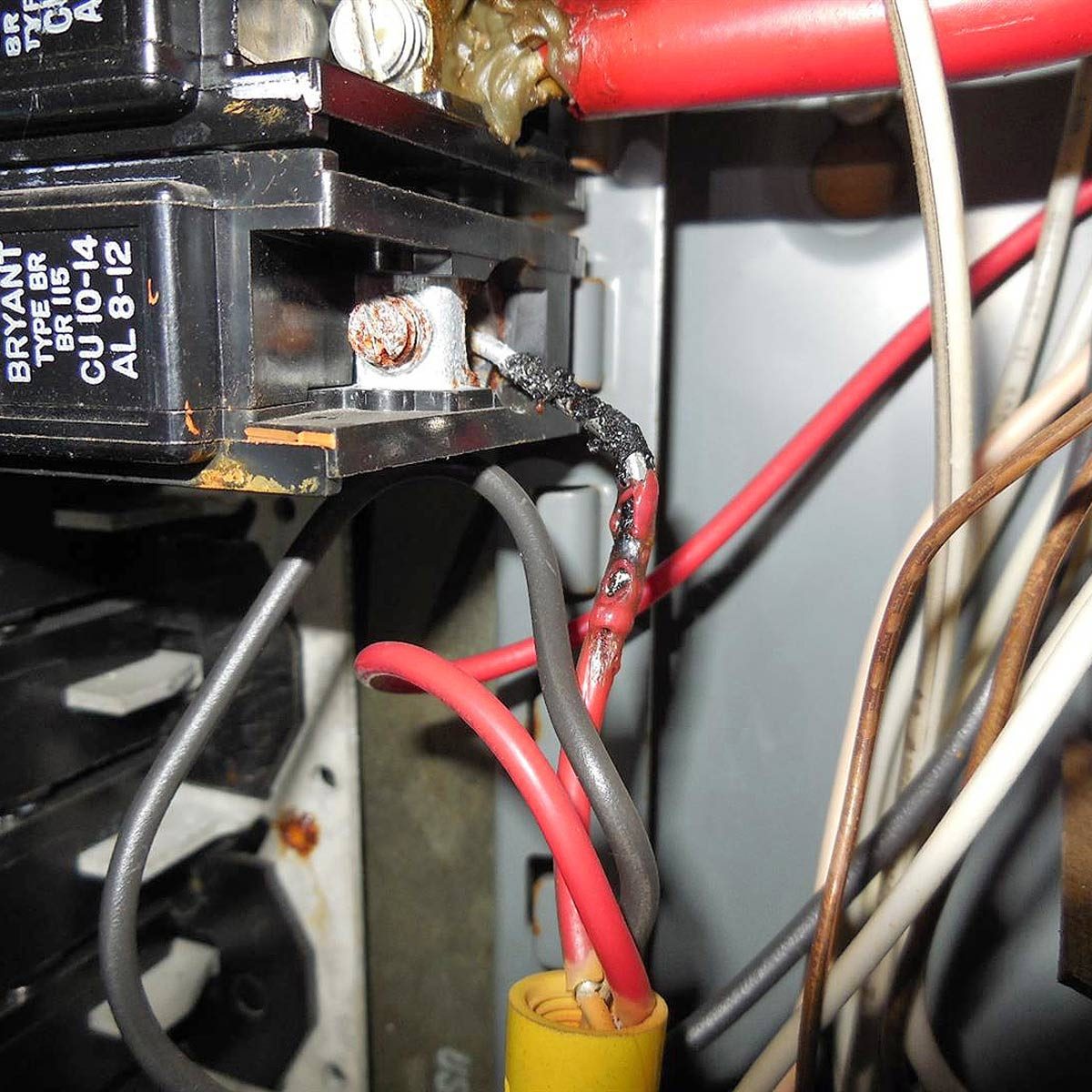Hi everyone,
Have 2 questions about wall Charger installation, hopefully someone can shed some light. We have recently built a house and we had asked the builder to run a 240v connection in the garage where the Tesla would be parked.
They installed a 4 prong dryer plug, and the other day I went to install the wall Charger and to my surprise the plug in the wall has 4 wires, black, red, white “neutral” and ground. The Tesla wall Charger only requires 3. So I’m a little confused as to which wire I will NOT be using. The white “neutral” maybe?
second question is, Tesla Wall Charger says only to use copper wires and the line that the builder ran in the garage is aluminum. Anybody knows what are the possible issues that the aluminum wire may cause?
Sorry for the long post, but I cant’t seem to find the answers anywhere.
Thanks in advance.
Have 2 questions about wall Charger installation, hopefully someone can shed some light. We have recently built a house and we had asked the builder to run a 240v connection in the garage where the Tesla would be parked.
They installed a 4 prong dryer plug, and the other day I went to install the wall Charger and to my surprise the plug in the wall has 4 wires, black, red, white “neutral” and ground. The Tesla wall Charger only requires 3. So I’m a little confused as to which wire I will NOT be using. The white “neutral” maybe?
second question is, Tesla Wall Charger says only to use copper wires and the line that the builder ran in the garage is aluminum. Anybody knows what are the possible issues that the aluminum wire may cause?
Sorry for the long post, but I cant’t seem to find the answers anywhere.
Thanks in advance.



